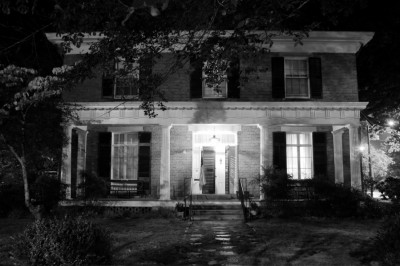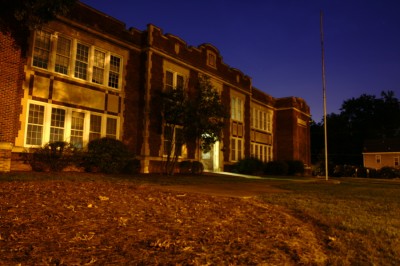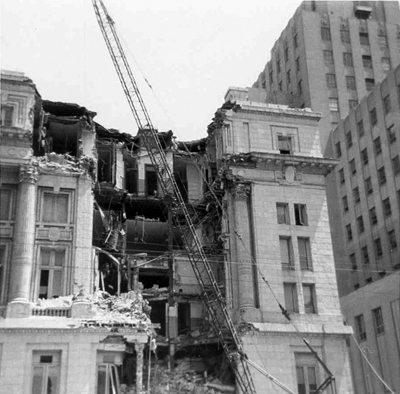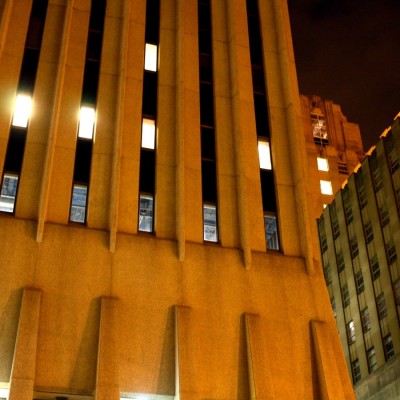A Nail That Could Not Be Removed
Raleigh’s Richard B. Haywood House
About a month ago we published an article on this blog about Raleigh’s “nail buildingsâ€. It cited two adjoining downtown businesses, Poole’s Diner and Doug Van de Zande’s photography studio, as examples. The term ‘nail house’ or ‘nail building’ is used to describe businesses or residences whose owners refuse to allow their buildings to be demolished, even in the face of development all around them. (The phrase refers to a nail in wood that is difficult to remove.) That description made me think of the historic Richard B. Haywood house, located at the corner of Edenton and Blount Streets.
However, the encroaching development in this case was not a high-rise building or construction site, but a four-acre expanse of state government parking lots.
Read more »






 Sign up for the Newsletter
Sign up for the Newsletter